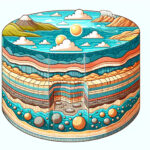Introduction to Rock Metamorphosis
Imagine you’re a detective, unraveling a mystery that’s been years in the making. Only in our case, the mystery lies in the remarkable transformation of rocks beneath our feet. Sedimentary rocks, the ones formed from layers of compressed sediment, embark on a phenomenal journey to become the tough and textured metamorphic rocks we see in impressive mountain ranges. This isn’t just any change; it’s one that speaks volumes about the dynamic nature of our planet.
Picture this: layers of sand, mud, and pebbles at the bottom of a lake or ocean. Over time, they settle into layers, layer upon layer, as if the earth is carefully stacking its geological library. Then, the plot thickens. These layers are buried deeper and deeper by new sediments, leading them down the path of increasing pressure and heat. It’s the beginning of their epic tale of metamorphosis.
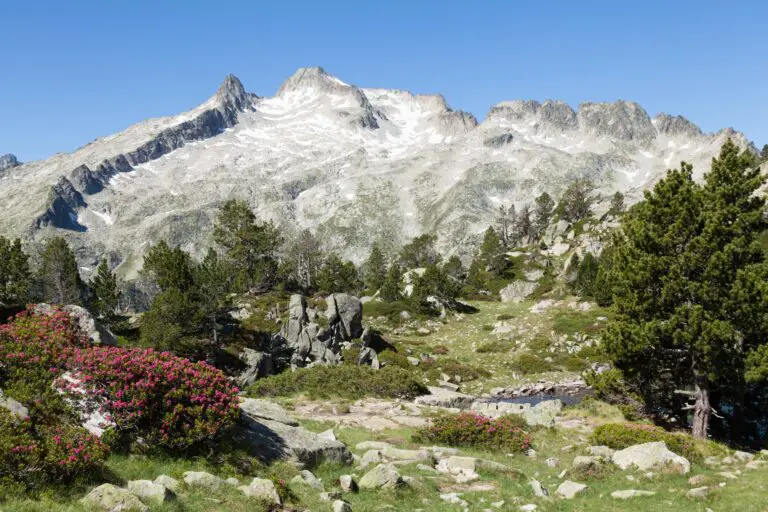
As if by magic, but truly by the relentless forces of geology, these sedimentary pages are rewritten in the depths of the earth. The intense heat and pressure cook the rocks, morphing their minerals into new structures, weaving tales of graphite, garnet, and quartz. This is where sediment turns to schist, and limestone finds its inner marble. And it doesn’t stop there—given enough time and the right conditions, these processes can create a complete metamorphic masterpiece.
The entire process is like nature’s own alchemy, turning what was once loose and layered into something wholly solid and intricate. What’s fascinating is that these rocks can tell us stories of ancient environments, past climates, and even the tectonic movements that shaped our continents. To see a metamorphic rock is to gaze upon the evidence of our planet’s unending ability to reinvent itself, its strength to endure, transform, and rise anew.
The Basics of Sedimentary Rocks
Imagine a painter, armed with nature’s palette, creating layers of beauty over centuries. That’s how sedimentary rocks come to be! From the lofty mountain peaks being battered by the elements to the tiny grains of sand whisked away by rivers, the grand masterpiece comes into existence through the dynamic duet of weathering and erosion.
Next, picture a vast desert or a deep ocean floor, where these weary particles, after their epic journey, settle down. This process, known as deposition, acts like nature’s bookmark, holding a place in time. Then, with the weight of new layers continually adding pressure, the particles cozy up, becoming ever so close during compaction. This isn’t just a geological hug; it’s the fundamental step before these particles are cemented together, like lifelong friends uniting to form something much stronger.
Now, let’s sprinkle in a dash of cementation, the final flourish to this natural artistry. Fluids filled with minerals circulate through the particles, crystallizing and binding them into a hardened whole. And voilà! What used to be loose sediment, once at the mercy of the elements, has transformed into a solid, reliable rock. And not just any rock—a sedimentary rock, ready to tell tales of its journey through its layers and compositions.
It’s not just a static transformation; these rocks keep track of Earth’s history. Picture the Grand Canyon, with its walls like pages in a book, each layer a different chapter of time. It’s through sedimentary rocks that we can flip back through the millennia.

There you have it—the life story of sedimentary rocks from loose particles to a united front. They’re more than just rocks; together, they capture the saga of our ever-changing planet, frozen in time for us to explore, learn from, and marvel at.
Understanding Metamorphic Rocks
Imagine you’re a detective, examining clues to unravel the mysteries of Earth’s geological past. You come across a rock that’s undergone a complete transformation – much like a caterpillar into a butterfly – but instead of wings, it’s developed a whole new set of minerals. This is the story of sedimentary rocks taking on a new identity as metamorphic rocks.
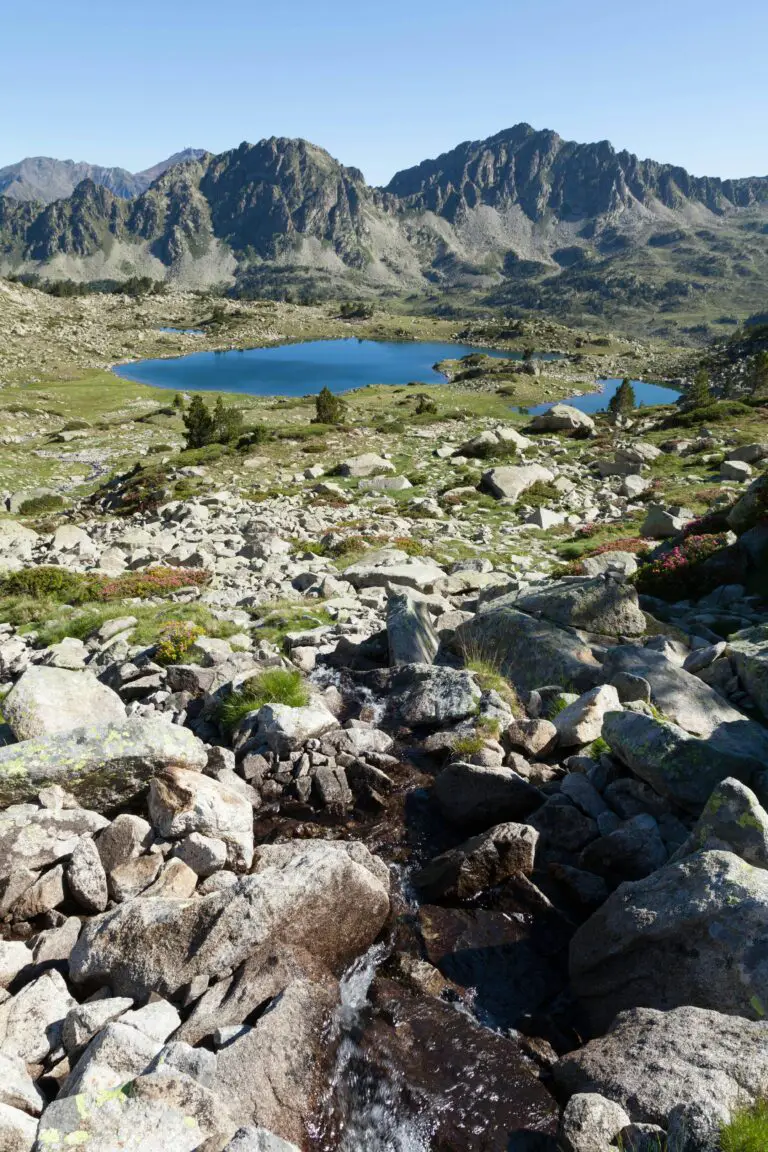
Metamorphic rocks start life as piles of sand, mud, and pebbles, layered and compressed over millennia into sedimentary rock. But they don’t stay put. Given the right combination of heat, pressure, and time, these layered rocks embark on a thrilling journey deep within the Earth’s crust. There, they’re baked and squeezed until they recrystallize into something new and extraordinary.
Picture the Grand Canyon’s colorful strata being pushed miles into the Earth, where temperatures soar and pressures mount. Under this immense stress, minerals and textures transform, erasing the original features of the sedimentary rock. This process of metamorphism turns our once sedimentary sleuths into rocks with new mineral compositions and enhanced durability.
But why does this matter? Metamorphism plays a crucial role in the rock cycle, that grand recycling scheme of our planet. As these rocks reshape and reform, they tell tales of our Earth’s restless nature – of mountains rising, continents colliding, and the relentless drive of plate tectonics.
The resulting metamorphic rocks, with their stunning swirls and crystal-laden veins, not only create breathtaking natural art but also contribute to our daily lives. They reinforce skyscrapers, grace countertops, and even sharpen knives. Metamorphic rocks are everyday alchemy, turning the ordinary into the extraordinary, one geological eon at a time.
The Role of Heat and Pressure
Imagine you’re strolling along the seashore, and beneath your feet lies a multitude of sedimentary layers, each teeming with history and the weight of time. What you’re walking on isn’t just a stack of dusty pages from our planet’s past; these layers have the potential to transform completely, given the right push from nature’s boundless forces.
This alchemy unfolds far from the touch of sunlight, in the realm where the Earth’s heart pumps fervid heat. Sedimentary rocks begin their metamorphosis in this crucible, where time and the relentless pressure of the overlying materials conspire to forge new minerals. It’s a temperature and pressure cooker that would make even the most advanced kitchen appliance blush. And during this process, commonly known as metamorphism, sedimentary rocks are fundamentally changed, morphologically and mineralogically.
The journey from sedimentary to metamorphic isn’t a leisurely trot; it’s more akin to a witness protection program for rocks. Each mineral constituent adapts, rearranges, and reacts to create a new rock fabric that bears scant resemblance to its original form. Picture limestone, for instance, composed primarily of calcium carbonate. As heat and pressure escalate, it reincarnates into marble—a prized material for sculptors and architects. The transformation is not just visual; it bestows the rock with new properties like enhanced hardness and the potential for a mesmerizing polish.
But why do rocks heed the call to change? To understand this, let’s dive a bit deeper—figuratively and literally. The forces at play beneath the Earth’s crust can be immense. Under such circumstances, rocks don’t just sit quietly; they respond dynamically. The heat acts as a catalyst, encouraging atomic bonds to break and reassemble, while pressure squeezes the rock’s grains, obliterating any spaces that once housed ancient remnants of water or microorganisms.
Now, for a real-life reference, think about what happens when you’re baking a loaf of bread. As the temperature in the oven rises, it converts dough into a toothsome delight. Similarly, sedimentary rocks undergo a ‘baking’ of their own. Not suddenly, but over millions of years. This prolonged exposure to elevated heat and pressure propels a series of mineral and textural adjustments that culminate in a completely renewed rock identity.
Such transformations are not uniform; they can be grand or subtle, depending on the circumstances. The pressure doesn’t spread the love equally, either. It may increase directly with depth or vary laterally, influenced by tectonic forces that fold, fault, and sculpt the Earth’s layers.
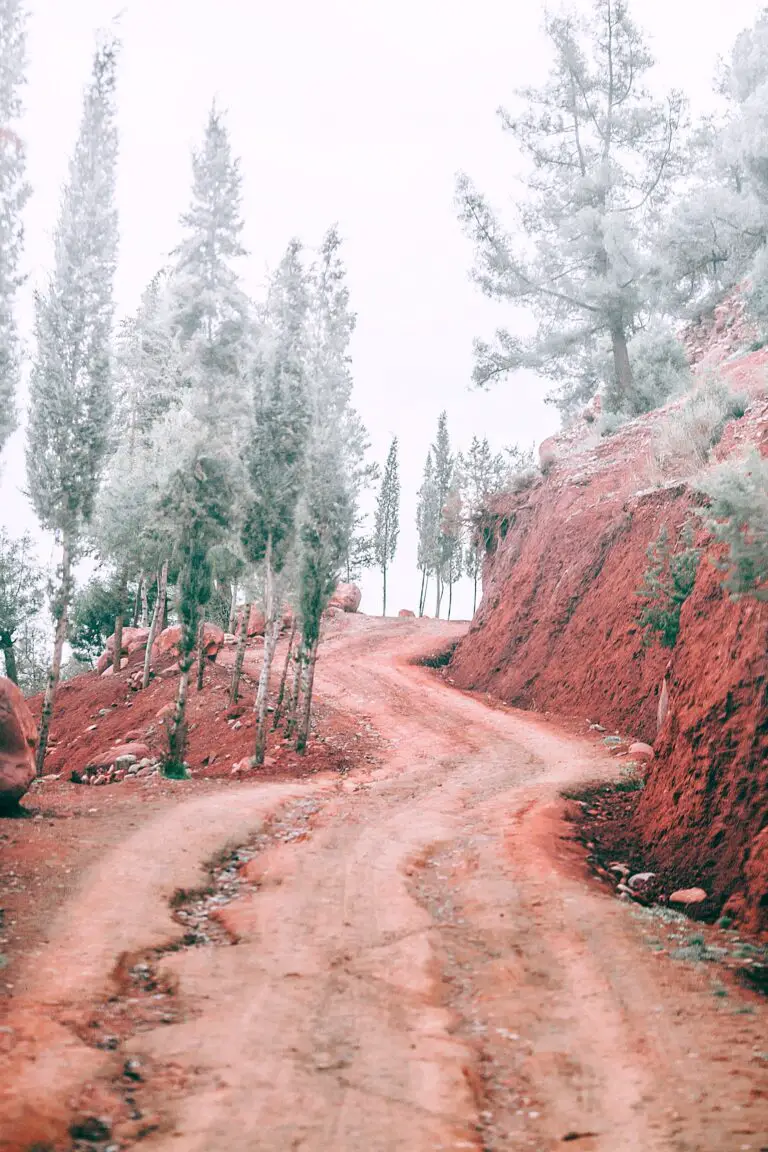
The metamorphic voyage is evidence of Earth’s relentless geologic evolution, and it sparks wonder at the secrets locked within stone. Even as you read this, somewhere deep down, yesterday’s seabed is being squeezed, heated, and transformed, getting ready to emerge as tomorrow’s mountain peak. Every rock has a story, and the narrative crafted by heat and pressure is one of resilience, reinvention, and, ultimately, rebirth.
Types of Metamorphism
Imagine sedimentary rocks as the caterpillars of the geological world. They’re formed under relatively mild conditions, layer upon layer, like the slowly built cocoon. But under the intense heat and pressure beneath Earth’s surface, they undergo a radical transformation. This process, akin to a caterpillar metamorphosing into a butterfly, is known as metamorphism. There are several types of metamorphism that sedimentary rocks can endure on their journey to becoming metamorphic rocks.

Contact Metamorphism: Think of contact metamorphism as baking cookies. When sedimentary rocks are “baked” by the intense heat of magma, they change. This process doesn’t involve a significant change in overall pressure, but the temperatures are high enough to transform the rock’s characteristics—right at the edges where the rock meets the magma.
Regional Metamorphism: Now, picture the forces that form mountain ranges—massive, relentless, and powerful. This is the essence of regional metamorphism. It occurs over broad areas under the immense pressures and temperatures that result from tectonic plates crashing and grinding together. This is where schist, a type of metamorphic rock with beautiful, characteristic layers, is born, showcasing the intensity of its geological past.
Dynamic Metamorphism: Finally, there’s dynamic metamorphism, akin to a rock being caught in a geological traffic jam. This happens along fault lines, where rocks are fractured and pulverized by the sheer force of two masses of land slipping past each other. This immense stress alters the rocks at the fault, without the need for high temperatures. This is where we get mylonites, rocks that have been ground down almost like flour and reformed into a dense, hard structure.
Each of these metamorphic processes tells a story—a narrative of the Earth’s relentless creativity. Whether it’s a tale of fiery magmas, colossal tectonic movements, or shifting fault lines, the metamorphosis of sedimentary rocks into metamorphic rocks is Earth’s way of turning the page to reveal a new chapter in our planet’s dynamic history.
From Shale to Slate: A Case Study
Imagine embarking on a voyage deep beneath Earth’s surface, to a realm where intense pressure and heat transform the mundane into the magnificent. This is the story of shale, a sedimentary wallflower, as it metamorphoses into the robust and revered slate. The journey of shale’s transformation is not only profound but a testament to Earth’s dynamic character and the incredible processes that sculpt its geological treasures.
Our case begins with shale, a sedimentary rock commonly found in layers on Earth’s surface. Shale originates from the compression of mud, silt, and organic materials over vast spans of time, resulting in a fine-grained, easily breakable rock. However, when tectonic forces come into play, our delicate shale is compelled to dive into the Earth’s furnace.
As we follow shale’s descent, the conditions around us intensify. With the increase in temperature and pressure, the very fabric of the rock begins to recast itself. Mineral grains start realigning, and new textures and structures emerge. What was once a brittle sheet is now coalescing into a dense, durable material. In the geological kitchen, shale is metaphorically baking into slate.

The metamorphic magic culminates in the appearance of slate, a metamorphic rock celebrated for its fissility, allowing it to be split into thin, sturdy sheets. This new form is not just aesthetically pleasing but also practical. Its exceptional durability and resistance to weathering make it a prime choice for roofing material, flooring, and even old-fashioned writing slabs. Our everyday shale has now graduated to a material that has safeguarded and decorated human shelters for centuries.
Witnessing this transformation from shale to slate is like unearthing the Earth’s autobiography, written in layers of rock, each chapter more compelling than the last. The metamorphosis is a natural alchemy, turning the ordinary into the extraordinary—a reminder that even the most common elements of our planet have the potential for greatness.
Identifying Metamorphic Rocks
Imagine you’re on a thrilling quest through the earth’s crust. Your mission? To uncover the identity of those enigmatic characters known as metamorphic rocks. But how do you discern these masters of disguise from their rocky brethren? Fear not! With a little know-how, you can become a sleuth in the world of geology.
To start, let’s consider their origin. Sedimentary rocks, those layered storytellers of earth’s history, embark on a dramatic transformation under intense heat and pressure. Like caterpillars into butterflies, layers become interwoven, producing a fascinating array of textures and patterns.
One such telltale sign is foliation, the alignment of minerals into bands, much like the stripes on a zebra. You don’t need a safari to observe these stripes; look no further than this resource where you can explore the depths of metamorphic mysteries. This feature is a direct result of the tremendous pressures targeting the rock, aligning the minerals to dance in harmony with the earth’s movements.
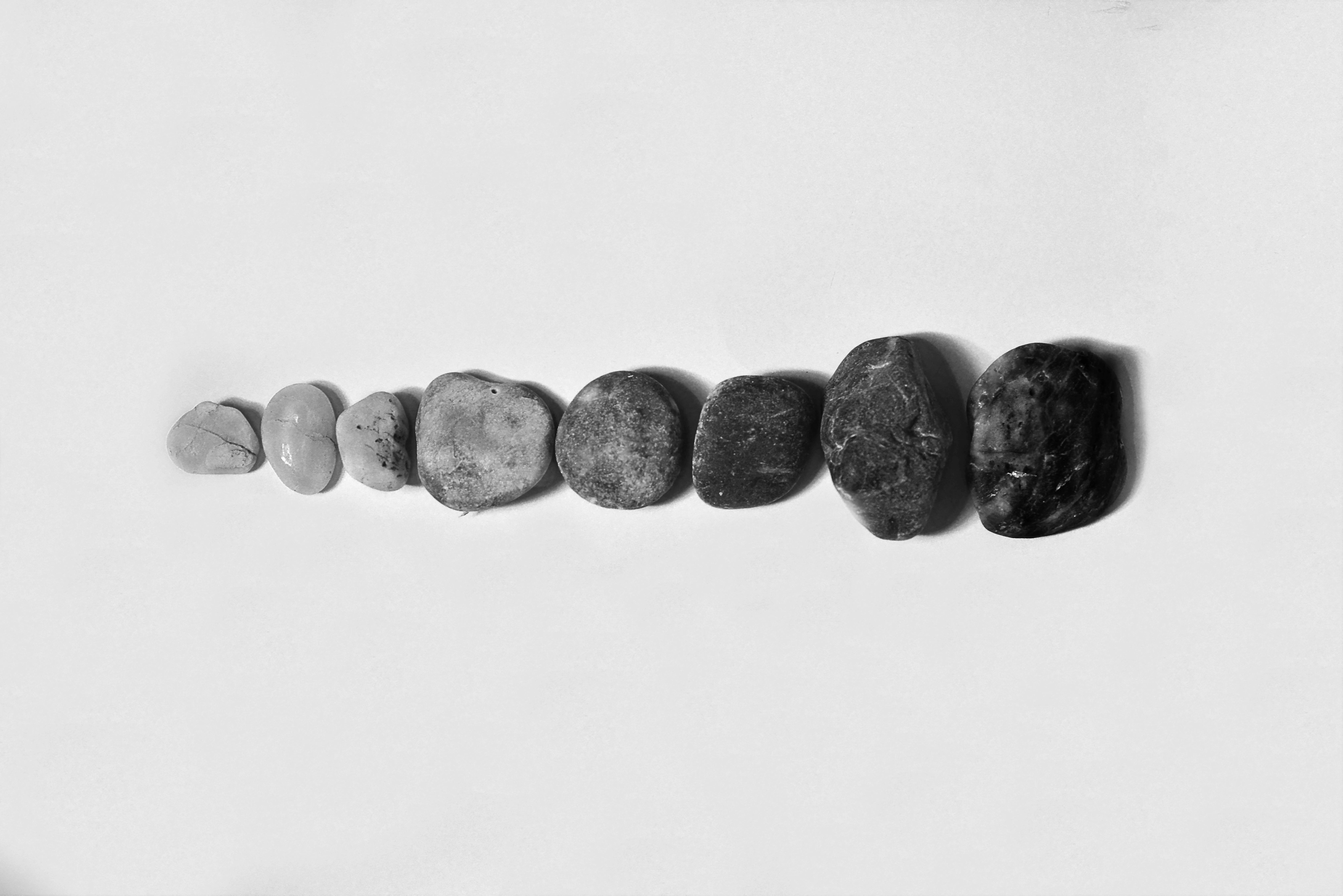
Let’s dig a little deeper. Mineral assemblages are like the rock’s fingerprint, unique and telling. For instance, encountering garnet within the rock’s matrix is akin to finding a hidden ruby in a treasure chest, an indisputable clue of metamorphism.
Metamorphic rocks also tell their tales through textures. Consider the gritty sandpaper feel of a schist, or the slick, glossy surface of slate. These traits are whispers of their past life and the dramatic conditions they’ve endured.
Next time you pick up a stone, remember, it may not just be a stone; it could be a vault of geological secrets, awaiting your discovery. So, arm yourself with a keen eye, a touch of curiosity, and set forth on your quest to identify these remarkable relics of our planet’s dynamic narrative.
Metamorphic Facies: Understanding the Variations
Just like a caterpillar undergoes a transformation to become a butterfly, sedimentary rocks embark on an epic geological journey, morphing into something much more solid and intricate—metamorphic rocks. Now, let’s dive deep into the fascinating world of metamorphic facies. These are not facades, but sets of metamorphic minerals that whisper the tales of the conditions they originated from. Like detectives, geologists read these assemblages to unravel the mysteries of temperature and pressure that played a role in the rock’s transformation.
Imagine baking a cake—depending on the ingredients and the temperature, your outcome could be delightfully different. Similarly, metamorphic rocks might have started off as a common sedimentary ‘dough,’ but it’s the unique combination of heat and pressure that determines whether they turn out to be a marble ‘cake’ or a schist ‘pastry,’ so to speak. Each metamorphic facies is like a signature recipe reflecting the environmental ‘cooking’ conditions.
To bring this concept to life, let’s talk about the greenschist facies. Picture a rock that’s been under the kind of moderate pressure and temperature you might find in a soothing, warm greenhouse. Here, chlorite and actinolite are the stars, giving the rock its characteristic green hue. Now, crank up the heat and pressure like an industrial pressure cooker, and you’ve entered the realm of the amphibolite facies. Dominated by hornblende and plagioclase, these rocks are like the tough, seasoned veterans of the metamorphic world.
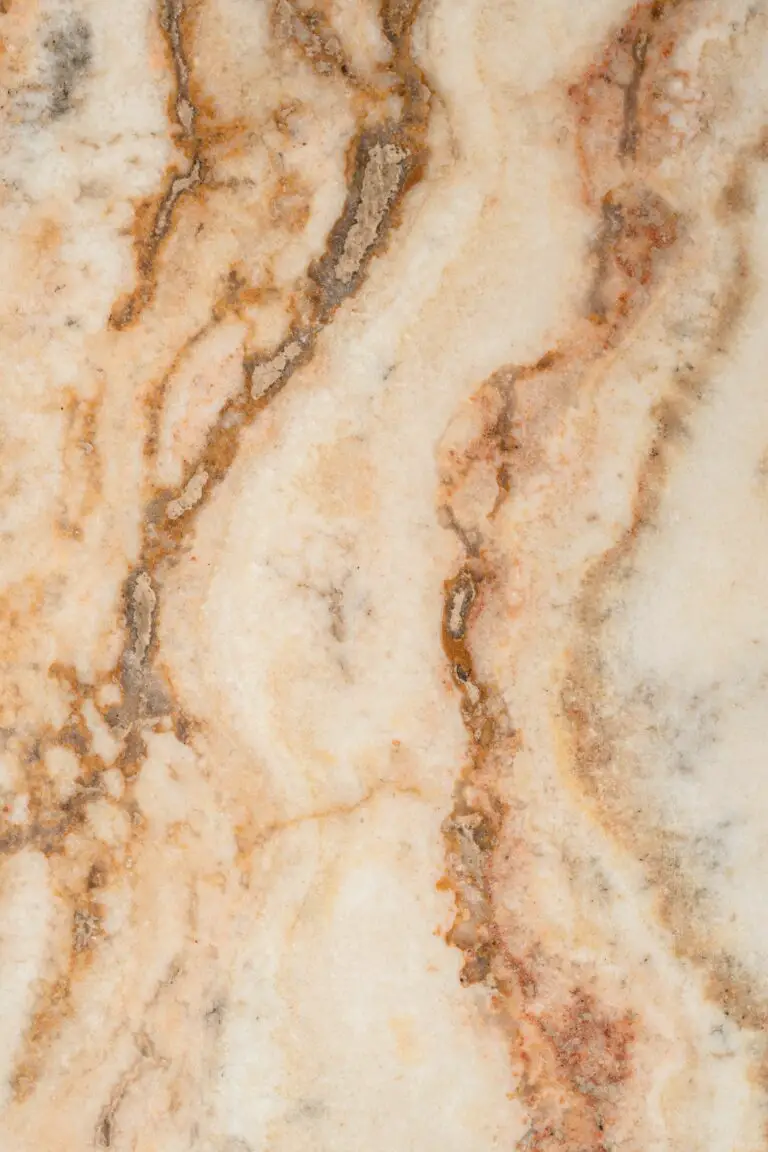
Remember, our planet is a live, pulsating entity with tectonic plates that behave like colossal bumper cars, and where continents are constantly playing musical chairs. At the collision points, immense pressure and heat play the role of a cosmic kiln, firing up sediments and re-crystallizing them into a metamorphic masterpiece. Next time you marvel at the polished surface of a marble countertop, remember—it’s a survivor of one of Earth’s most awe-inspiring natural processes.
So the next time you hold a sleek, solid piece of metamorphic rock, think about the incredible tale it tells—a sedimentary origin, an extreme makeover under the watchful eyes of temperature and pressure, and finally, an emergence as a testament to resilience and change. Metamorphic facies are not just scientific concepts; they are vivid narratives etched in stone, each chapter illuminated by a mineral ensemble that bears witness to its historical journey.
Implications of Metamorphism in Geology
Think of the Earth as an artist, tirelessly sculpting its masterpiece – the rocks beneath our feet. Among them, sedimentary rocks take on one of the most transformative journeys, reborn under intense pressure and heat as metamorphic rocks. This metamorphosis is more than just a change in texture or color; it’s a serious business for geologists trying to unravel our planet’s enigmatic past.
Just like how a detective pieces together clues from a crime scene, geologists read the story told by metamorphic rocks. These sturdy archives hold tales of ancient mountain ranges that rival the Himalayas and chronicle the growth and decay of continents over geological timescales. They serve as the mementos of Earth’s tireless tectonic activities, giving us glimpses of processes so dynamic they can literally move mountains.
Mountain building, or orogeny, is not just about the elevation of majestic peaks. It’s a testament to the colossal forces at play within the Earth. Metamorphic rocks are often the VIP guests at the birth of these giants, showcasing folded layers and intricately woven mineral fabrics that point to the unimaginable pressures involved in their creation. Think of the awe-inspiring Swiss Alps or the formidable Rockies – each stone within them has a story of metamorphism to tell.
But it’s not just about the grandeur of landscapes. The study of metamorphic rocks extends to more than the ethereal beauty of mountainous terrains; it holds keys to unlocking valuable mineral deposits. These transformed rocks are the treasure chests of the Earth, often hiding rich resources like gold, copper, and other minerals that power our modern world. Gauging the formation and distribution of these rocks helps us hunt for these mineral troves with greater precision.
Furthermore, understanding how sedimentary rocks become metamorphic rocks shines a light on Earth’s structural geology. The folding, faulting, and flowing of rocks that occurs during metamorphism acts like a divine paintbrush, adding complexity and depth to the Earth’s crust. It allows geologists to predict patterns of strain and stress in the crust, critical for assessing earthquake risk and safeguarding the communities lying in wait for the Earth’s next shiver.
So, the next time you stumble upon a glimmering schist or a robust gneiss, remember – these are not mere rocks; they are the silent narrators of our planet’s restless vigor. Their transformation from humble sedimentary beginnings is a geological epic worth retelling.

Frequently Asked Questions
Curiosity comes naturally when we talk about the remarkable transformation of earth’s layers. So let’s dig right into the most pressing questions about how do sedimentary rocks become metamorphic rocks, shall we?
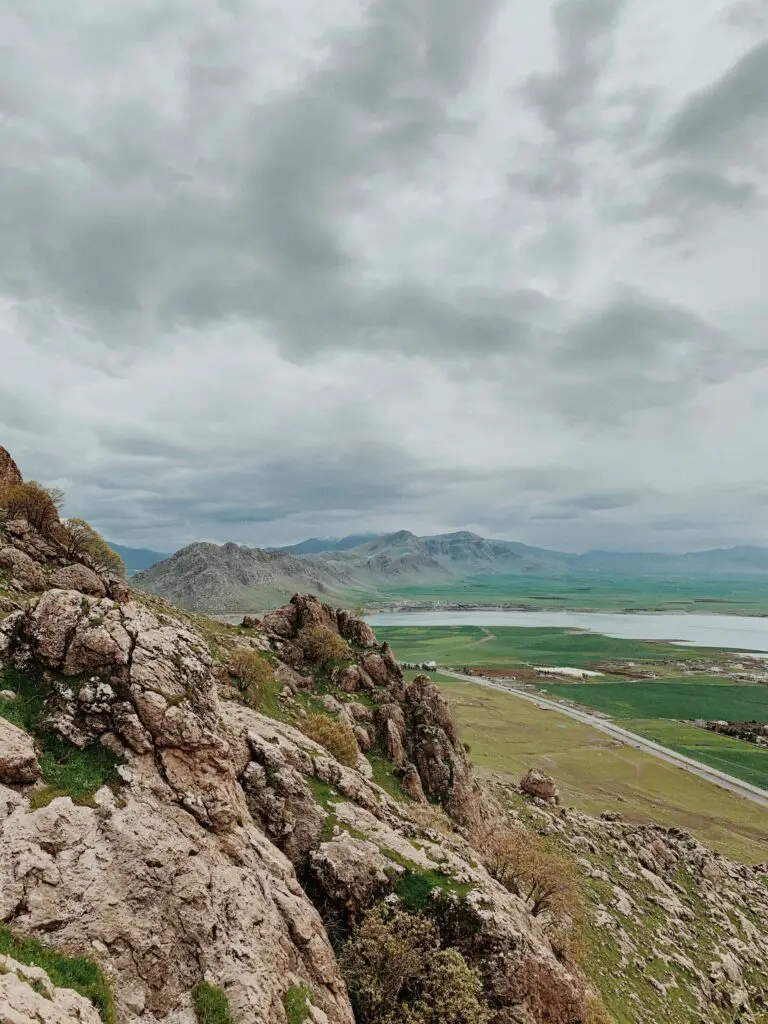
How Long Does It Take for Sedimentary Rocks to Metamorphose?
It’s not a quick change, like flipping a switch. Imagine a cake baking in an oven; it’s a gradual process. Sedimentary rocks undergo metamorphosis over millions of years, due to the unrelenting forces of heat and pressure deep within the Earth’s crust. They’re buried, squashed, and baked, slowly morphing into something new and fascinating.
What Role Does Pressure Play in the Process?
Without pressure, there would be no metamorphosis. It’s like pressing down on a sponge; the grains and minerals in sedimentary rocks realign under intense stress. This pressure often comes from tectonic plates crashing together or the heavy burden of overlying materials. The result? A denser, tougher rock ready to stand the test of time.
What About Heat?
Heat is the unsung hero in this story of transformation. It acts much like a chef’s intense flame, provoking chemical reactions within the rock. The hotter the conditions, the more dramatic the metamorphic makeover. It’s this combination of heat and pressure that forges new minerals and textures, some sparkling under the sun where they’re eventually exposed.
Is Water Involved in This Process?
Yes, indeed! Water, often loaded with dissolved minerals, seeps into the tiny spaces between the rock grains. Over time, these minerals crystallize, filling the gaps and “gluing” the grains together even more tightly. It’s much like the grout between bathroom tiles, except it’s happening naturally, deep within the Earth.
Why Should We Care About Rocks Changing?
This isn’t just a stony saga; it speaks volumes about our planet’s history. Each metamorphic rock tells a tale of past climatic conditions, geological events, and even the locations of ancient mountains and oceans. Understanding metamorphic rocks allows geologists to piece together Earth’s dynamic autobiography—one that spans billions of years.
